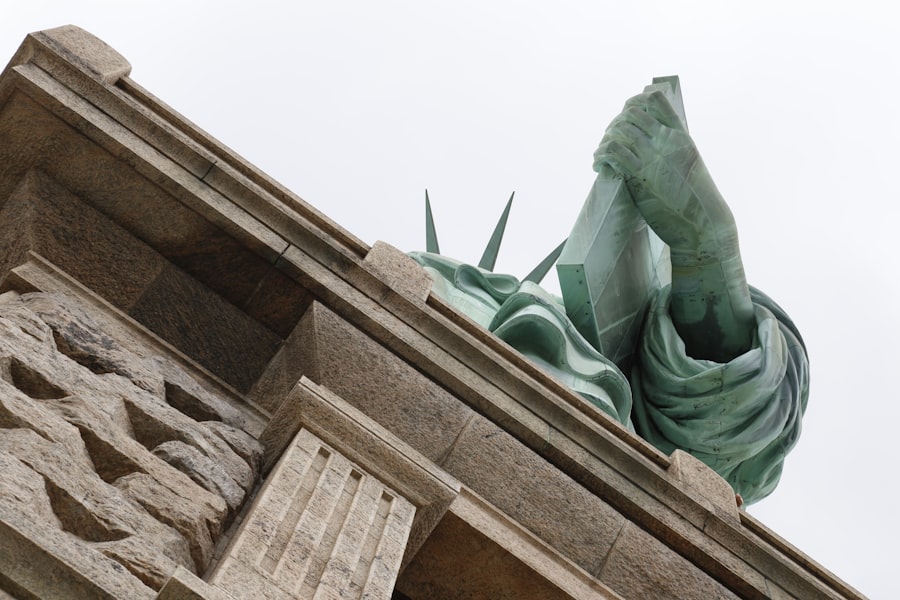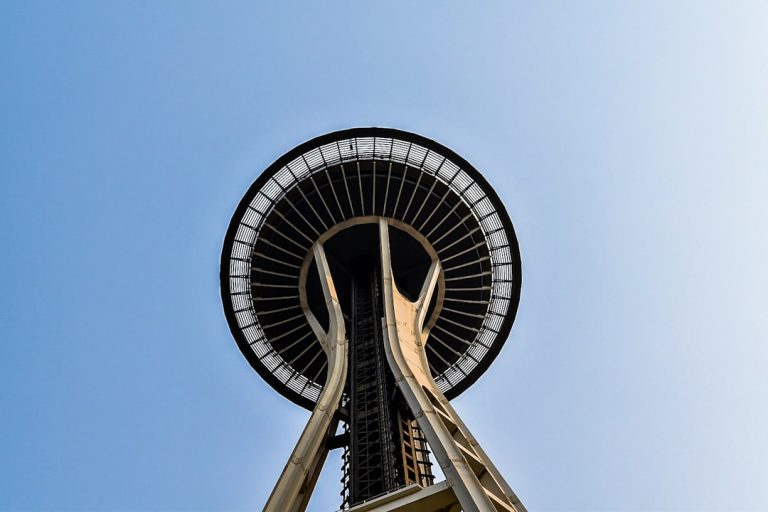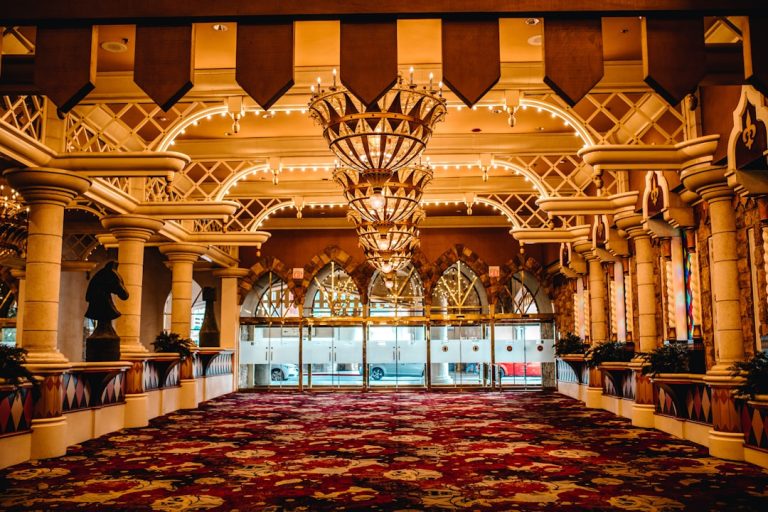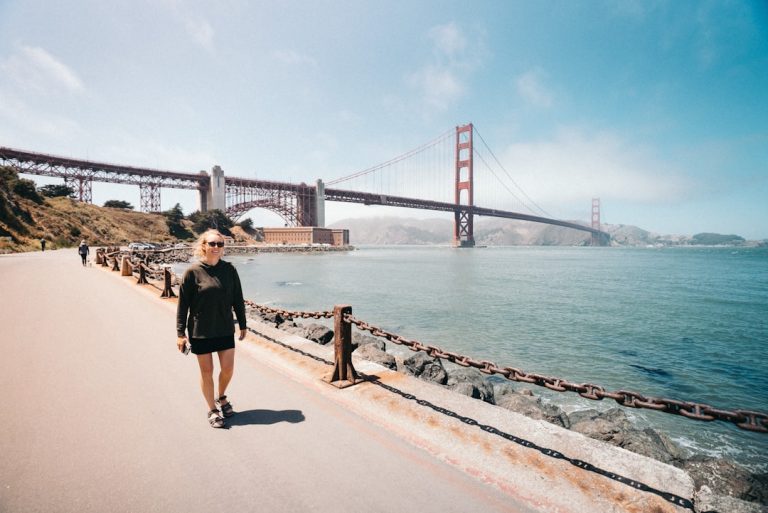
The history of New York City is a tapestry woven from the threads of diverse cultures, economic ambitions, and transformative events. Originally inhabited by the Lenape people, the area that would become New York was first settled by Europeans in 1624 when the Dutch established a trading post called New Amsterdam on the southern tip of Manhattan Island. This settlement was strategically located to facilitate trade, particularly in fur, with the indigenous populations.
The settlement thrived, attracting a mix of settlers from various European nations, which laid the groundwork for the city’s future as a melting pot of cultures. In 1664, the English seized control of New Amsterdam and renamed it New York in honor of the Duke of York.
This transition marked a significant shift in governance and culture, as English laws and customs began to dominate. The city continued to grow rapidly, becoming a vital port and commercial hub. By the 18th century, New York was one of the largest cities in the American colonies, playing a pivotal role in the American Revolution.
The city served as a battleground and later as the first capital of the United States under the Constitution in 1789. The 19th century saw an influx of immigrants from Europe, particularly during the Great Famine in Ireland and the industrialization of Germany, which further diversified the population and contributed to the city’s dynamic character.
Key Takeaways
- New York City was originally a Dutch settlement called New Amsterdam before it was taken over by the English and renamed New York.
- Must-see places in New York include iconic landmarks like the Statue of Liberty and hidden gems like the High Line park.
- New York’s diverse neighborhoods offer a range of experiences, from the bustling streets of Chinatown to the rich cultural history of Harlem.
- The city’s culinary scene is a mix of food trucks serving up diverse cuisines to Michelin-starred restaurants offering fine dining experiences.
- New York is a hub for arts and culture, with world-renowned museums, Broadway shows, and vibrant street art scenes.
- When exploring New York, it’s important to navigate the subway system and consider insider recommendations for the best experiences in the city.
Must-See Places in New York: Iconic Landmarks and Hidden Gems
New York City is renowned for its iconic landmarks that symbolize its status as a global metropolis. The Statue of Liberty, a gift from France, stands proudly on Liberty Island, welcoming millions of visitors each year. This colossal statue represents freedom and democracy and has become an enduring symbol of hope for immigrants arriving in America.
Nearby, Ellis Island serves as a poignant reminder of the immigrant experience, where over 12 million people passed through its gates seeking a new life in the United States. The museum housed within the restored immigration station offers a deep dive into the stories of those who arrived seeking opportunity. Beyond these well-trodden paths lie hidden gems that reveal another side of New York’s charm.
The High Line, an elevated park built on a former railway line, offers a unique perspective of the city’s architecture and greenery. Stretching from the Meatpacking District to Hudson Yards, this linear park features art installations, gardens, and stunning views of the Hudson River. Another lesser-known treasure is Roosevelt Island, accessible via a scenic tram ride from Manhattan.
This small island offers tranquil parks and historical sites like the ruins of the Smallpox Hospital, providing a stark contrast to the bustling streets of Manhattan.
Exploring New York’s Diverse Neighborhoods: From Chinatown to Harlem

New York City is a mosaic of neighborhoods, each with its own distinct character and cultural heritage. Chinatown is one of the largest and oldest Chinese communities outside Asia, where visitors can immerse themselves in vibrant street life filled with markets, restaurants, and cultural festivals. The neighborhood is home to authentic dim sum houses and herbal medicine shops that reflect centuries-old traditions.
The bustling streets are often adorned with colorful banners and lanterns, especially during celebrations like the Lunar New Year, when dragon dances and fireworks fill the air. Harlem, on the other hand, is synonymous with African American culture and history. Once a rural village in the 17th century, Harlem transformed into a cultural epicenter during the Harlem Renaissance in the 1920s.
This movement celebrated African American art, music, and literature, giving rise to legendary figures such as Langston Hughes and Duke Ellington. Today, visitors can explore historic venues like the Apollo Theater, where countless artists have performed. The neighborhood also boasts soul food restaurants that serve traditional dishes like fried chicken and collard greens, offering a taste of its rich culinary heritage.
New York’s Culinary Scene: From Food Trucks to Michelin-Starred Restaurants
| Category | Metrics |
|---|---|
| Number of Food Trucks | Over 5,000 |
| Number of Michelin-Starred Restaurants | 76 |
| Number of James Beard Award Winners | Over 100 |
| Annual Food Festival Attendance | Over 1 million |
| Number of Ethnic Cuisines Represented | Over 80 |
The culinary landscape of New York City is as diverse as its population, offering an array of dining experiences that cater to every palate and budget. Street food is an integral part of this scene, with food trucks and carts lining the streets offering everything from classic hot dogs to gourmet tacos.
Their chicken and rice platter has become a staple for locals and tourists alike, exemplifying how street food can achieve iconic status. On the other end of the spectrum are Michelin-starred restaurants that showcase culinary artistry at its finest. Establishments like Eleven Madison Park have garnered international acclaim for their innovative tasting menus that highlight seasonal ingredients sourced from local farms.
Chef Daniel Humm’s commitment to sustainability and creativity has earned this restaurant multiple accolades, including being named the best restaurant in the world. Dining at such establishments often requires reservations months in advance, reflecting their popularity and prestige within New York’s vibrant culinary scene.
The Arts and Culture of New York: Museums, Broadway, and Street Art
New York City is often regarded as a cultural capital due to its rich artistic offerings that span various mediums. The Metropolitan Museum of Art stands as one of the largest and most comprehensive art museums globally, housing over two million works that span 5,000 years of history. From ancient Egyptian artifacts to contemporary American art, visitors can explore diverse collections that reflect humanity’s creative journey.
The museum’s iconic steps are often filled with visitors taking in both art and the vibrant atmosphere of Central Park across the street. Broadway is another cornerstone of New York’s cultural identity, representing the pinnacle of American theater. With its dazzling lights and marquee signs, Times Square serves as the gateway to this theatrical district where world-class productions captivate audiences nightly.
Musicals like “Hamilton” have not only achieved commercial success but have also sparked conversations about history and representation in theater. Beyond Broadway’s glitz lies an underground art scene characterized by street art and graffiti that adorns buildings throughout neighborhoods like Bushwick in Brooklyn. Artists such as Banksy have left their mark on the city’s walls, transforming urban spaces into open-air galleries that challenge societal norms.
Tips for Exploring New York: Navigating the Subway and Insider Recommendations

Navigating New York City can be daunting for newcomers due to its vastness and complexity; however, mastering the subway system is essential for an efficient exploration experience. The Metropolitan Transportation Authority (MTA) operates one of the largest subway systems in the world, with 472 stations across four boroughs. Understanding how to read subway maps and schedules can save time and enhance your journey through this bustling metropolis.
For instance, using apps like Citymapper or Google Maps can provide real-time updates on train schedules and service changes. In addition to mastering public transportation, insider recommendations can elevate your experience in New York City. Locals often suggest visiting lesser-known attractions such as The Cloisters in Fort Tryon Park, which houses an impressive collection of medieval art within a serene setting overlooking the Hudson River.
Another tip is to explore local markets like Smorgasburg in Williamsburg during weekends for an eclectic mix of food vendors showcasing culinary creativity from around the city. Engaging with local communities through events or workshops can also provide unique insights into New York’s vibrant culture beyond typical tourist experiences.
If you found the article “New York, New York: Interesting Facts, Places to Visit, and Things to See” intriguing, you might also enjoy exploring more about another vibrant city on the East Coast. Check out this related article titled Philadelphia: Facts and Places to Visit. It offers a deep dive into the rich history, culture, and must-see destinations of Philadelphia, providing a perfect guide for planning your next urban adventure. Whether you’re a history buff, foodie, or art lover, Philadelphia has something exciting to offer.
FAQs
What are some interesting facts about New York, New York?
– New York City is the most populous city in the United States, with over 8 million residents.
– The city is known as a global financial and cultural center, with a diverse population and a rich history.
– New York City is made up of five boroughs: Manhattan, Brooklyn, Queens, the Bronx, and Staten Island.
– The city is home to iconic landmarks such as the Statue of Liberty, Times Square, and Central Park.
What are some popular places to visit in New York, New York?
– Times Square: Known for its bright lights, Broadway theaters, and bustling atmosphere.
– Central Park: A sprawling urban park with walking paths, lakes, and recreational activities.
– The Statue of Liberty: A symbol of freedom and democracy, located on Liberty Island in New York Harbor.
– The Metropolitan Museum of Art: One of the largest and most prestigious art museums in the world.
What are some things to see in New York, New York?
– Broadway shows: New York City is famous for its theater district, with a wide range of musicals and plays to choose from.
– The Empire State Building: An iconic skyscraper offering panoramic views of the city from its observation deck.
– The 9/11 Memorial and Museum: A tribute to the victims of the September 11, 2001 terrorist attacks, located at the World Trade Center site.
– The High Line: A unique elevated park built on a historic freight rail line, offering views of the city and Hudson River.






